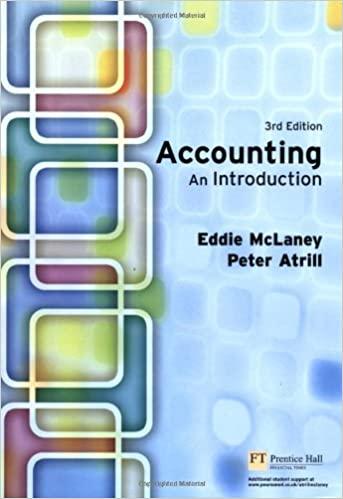Low Question 19 An investment firm is thinking of investing in a new fuel cell development. The cell can be used in automobiles, making them more fuel-efficient . Preliminary research shows that the fuel cell will work. The question remains, however, whether automobile makers will adopt the product. For simplicity, the adoption rate of the fuel cell by automobile makers can be ranked as low (L). medium (M), or high (H). The greater the adoption rate, the greater the return to the investment firm. Analysts in the investment firm assess the probabilities and returns for the different adoption rates as: Medium High Probability of Occurring 20% 60% 20% Expected Return to Investment Firm SSM SIOM S20M Once the adoption rate is known, the firm can decide to lobby the government to enact more stringent laws promoting more fuel-efficient vehicles in the hopes that this will result in a greater adoption rate. Lobbying the government costs S2M. The effectiveness of the lobby depends in part on the adoption rate at the time of the lobby. In general, the greater the current adoption rate, the more likely the government is to pass laws encouraging the use of the new fuel cell, Let L+, M+, and H+ denote the adoption rates after lobbying. Analysts in the investment fin have assessed the conditional probabilities of the lobbying effect as: P(L+D) -60% P(M+L) - 30% P(HEL) - 10% P(L+M) -0% P(M+JM) -60% P(H+M) - 40% P(L+H) -0% P(M+/H) -10% P(H+H) - 90% (Thus, the probability that the adoption rate will be medium after lobbying, given a low adoption rate prior to lobbying is 30%.). The investment firm also has an alternative project in which they can invest. The expected return of this alternative investment is SIOM - Draw a DT to represent this problem. What is the best course of action? - Considering that there is a possibility of getting perfect information over the adoption rate of the fuel cell by automobile makers, what would be the most that the investment firm might be willing to pay to get this info prior to any lobbying effort? - Suppose now that the firm has the option of hiring a political consultant for SIM before they decide to lobby (hence, there are three alternatives to choose from: Lobby right away. consult or no lobby). The consultant has a good track record of predicting the effect of any lobbying effort. They will correctly predict the outcome of the lobbying effort 80% of the time. The other 20% of the time, any of the remaining possible alternatives is equally likely Hence, if all three adoption levels were possible and the consultant predicted a medium ("M") adoption rate then, P(M+ "M+") -80%. PLH "M+") - 10%, PH"M+") - 10%. If only medium and high adoption rates were possible, then the same prediction would result in the conditional probabilities: P(M+ M+") = 80%, P(H+| "M+") = 20%. I- For this case, change your DT in part(a) to cover these new assumptions. And show the probabilities and the values. You do not need to solve the DT Il- Should the investment firm hire the consultant? When should they do so







